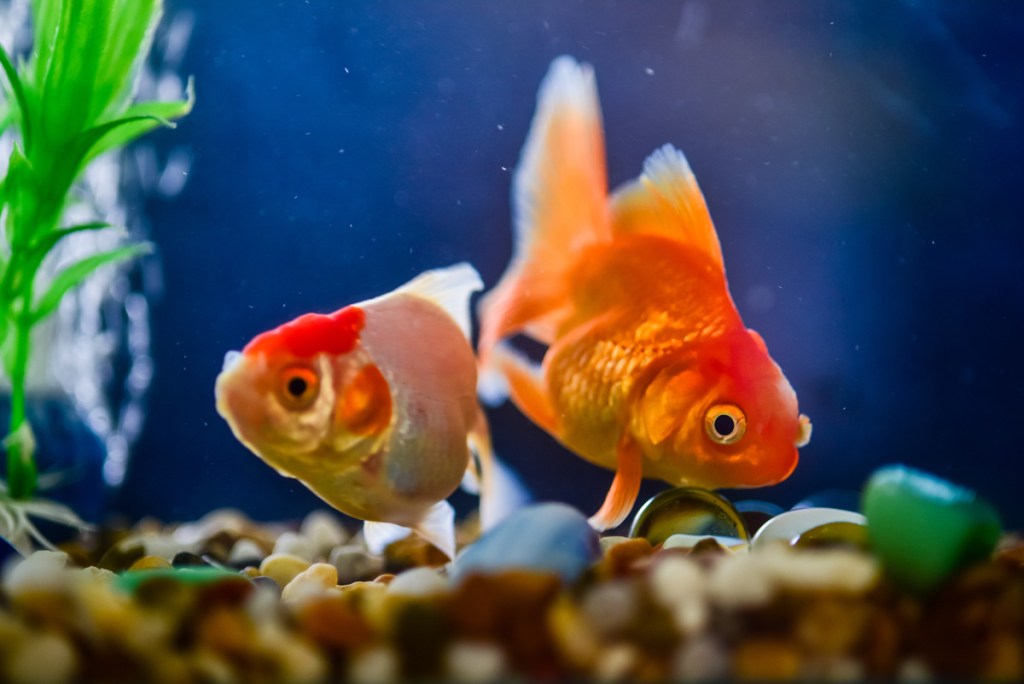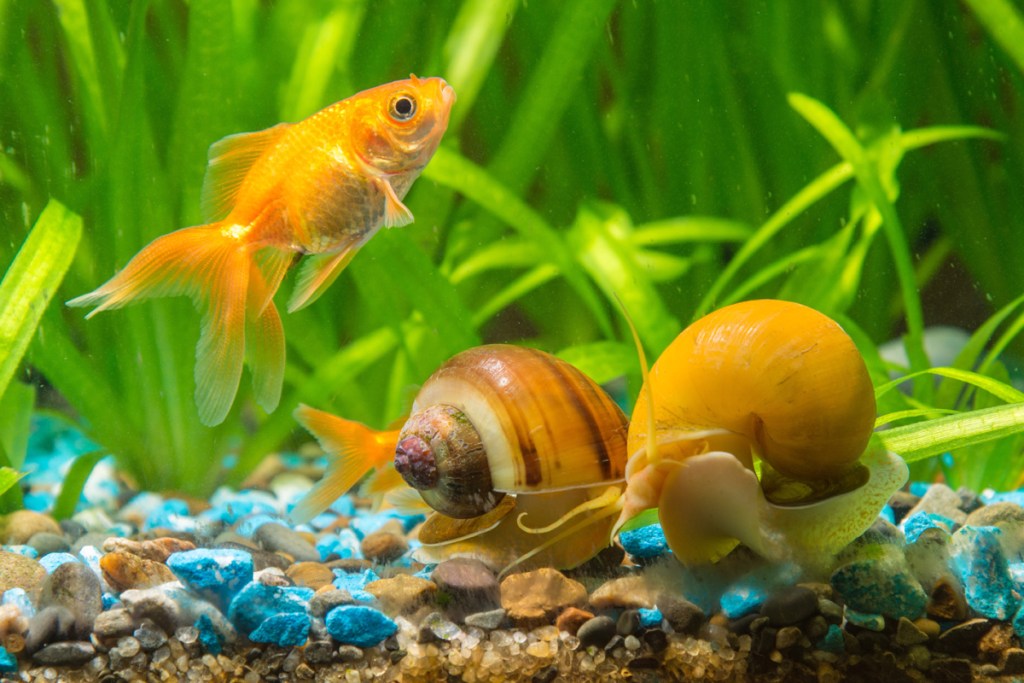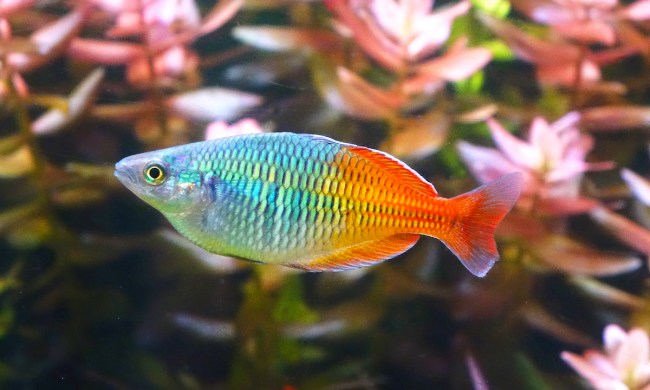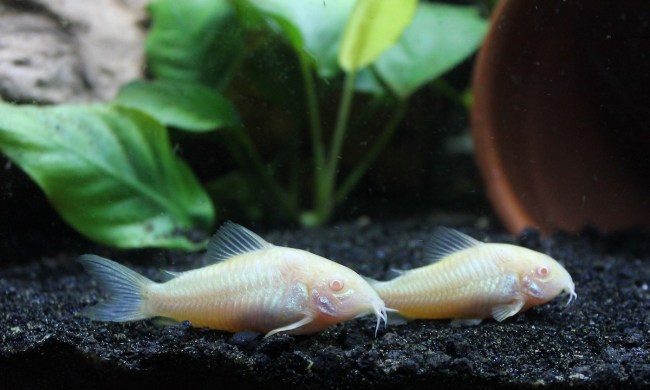Goldfish are the first pets for many children. They are also often the pet of choice in households where dogs and cats aren’t an option. These gorgeous orange fish are popular because they are generally considered to be the hardiest of the freshwater species and the easiest to maintain. However, like all animals, goldfish need to be cared for properly so that they can live the long, healthy lives they deserve.
Is it easy to care for goldfish?
Because goldfish are so common, adaptable, and inexpensive, they are often mistreated, abused, underfed, or forced to live in intolerable conditions, according to the Gold Fish Sanctuary in Rochester, New York. Sometimes this mistreatment happens because people don’t respect the lives of the fish. But in many families, goldfish suffer because of ignorance. Many people see them as low-maintenance starter pets that require little care. The truth is that goldfish deserve the same amount of care and attention as other fish species. That includes regular tank maintenance and being feed an appropriate diet. According to experts at the Royal Society for the Prevention of Cruelty to Animals (RSPCA), when provided with the proper care, goldfish have a lifespan averaging 10 to 15 years, with some varieties living up to 30 years.

How do you maintain a goldfish?
Choose the right tank size
According to an article in Tropical Fish magazine, it’s a myth that goldfish only grow to the size of their enclosure. What really stunts a fish’s growth is poor water quality and improper care. Little or no filtration and infrequent water changes reduce how big a goldfish gets, according to the magazine. Stunted goldfish will often take on a deformed appearance and die at a young age. As goldfish can grow large, it’s important to research the species you plan to purchase. Know how large your fish can be when fully grown and provide a tank to accommodate that size.
For a common goldfish that can grow up to 8 inches long and live for 10 to 20 years, the ASPCA recommends a 20-gallon tank. The tank should be placed on a sturdy, level surface and away from heating and cooling vents. Also, be sure it’s out of direct sunlight, which can make temperature control harder and cause excessive algae growth
Add the right decorations
Here’s what to consider when decorating a goldfish tank:
- Use driftwood, terracotta pots, and aquarium rocks to provide hiding places for your fish.
- Advanced aquarist Kenneth Wingerter recommended to PetMD that goldfish owners use pea gravel over the sand as a substrate for the tank. Goldfish will be less likely to ingest pea gravel when picking up bits of food from the floor of the tank.
- If you want to add live plants in the aquarium, be sure to choose the right varieties, as goldfish will eat all but the toughest of plants.
- Avoid over-decorating, as that can eliminate precious swimming space for your fish.
Maintain the correct water conditions
Aquatic specialists at Petco recommend a water temperature of between 60 and 75 degrees Fahrenheit for goldfish. In warmer areas, a chiller may be needed to ensure the water stays within this range consistently. Because goldfish create large amounts of waste, their tank needs a powerful filter. According to Wingerter, the goal is to “aggressively filter the water without creating excessively strong, localized water currents.” Goldfish like water with alkalinity higher than acidity, so Wingerter recommends keeping the pH between 7.0 and 7.4. Maintaining a regular cleaning schedule will help keep your fish happy and healthy.
Provide the right diet
While goldfish are omnivores and will eat almost anything you throw at them, it’s important to provide a healthy diet. Here are some rules to follow when feeding your fish.
- According to the RSPCA, a goldfish diet should contain high levels of carbohydrates. A mixture of specialized goldfish flakes and granules is a good, stable diet.
- Wingerter says dry flakes should be pre-soaked before feeding. This is because goldfish are natural bottom feeders and can gulp any flakes sitting on top of the water. This can upset their swim bladders and equilibrium, causing them to float upside down.
- Goldfish should only be fed what they can consume in two to three minutes, once or twice a day. Overfeeding isn’t good for your fish’s health and will foul the water in the tank.
Provide tank mates
According to the RSPCA, goldfish are social animals; when kept in groups, they can be seen regularly interacting with other goldfish. Solitary goldfish can exhibit depression and lethargy, say animal welfare advocates. Keeping at least two goldfish in an aquarium provides companionship and promotes activity. Because goldfish are generally not aggressive, they can be kept with many compatible community fish. Be sure not to overstock the tank. You should add no more than one fish per 20 to 30 gallons of tank volume.

In conclusion
If you’re the proud parent of a goldfish, you can do more than admire your buddy through the aquarium glass. Goldfish learn to recognize their owners and can be taught to eat from your hands and to do tricks. Goldfish owners have used positive reinforcement to train the fish to swim through mazes and hoops and even to play ball. This training takes time and patience, but if your fish seems to enjoy the interaction, it can be a fun way to bond with your finned compani0n.



